Bugs are a major concern in many locations; spiders, ticks, mosquitos, no see ums, black flies, midges, honestly this list goes on and on. So, the underlying question to all of this is how do we properly prepare our children and ourselves for buggy days in the outdoors? We have developed a pretty simple system for keeping both adults and children relatively bug-free and happy.
Bug Repellent
After years of living in Washington state where the bugs aren’t generally an issue (although there was that one backpacking trip…. but, that’s another story) we ventured off on our first return camping trip here in Minnesota. We drove 5 hours up to the primitive Sawbill campground for some much needed northern air. We stepped out of our vehicle, ready to soak in the fresh air when a swarm of winged black ants descended upon us like angry vultures. They were harmless but, super annoying. We hadn’t bought bug spray in years so, naturally, had none with us at the time. Thankfully, Sawbill Outfitters is a short walk from the campground and we were able to peruse their small store and the broad selection of bug sprays therein.
Our son, Jack, was 9 months old at the time. He was a new crawler and a perpetual thumb-sucker. The notorious Deet-filled bug sprays made us nervous and we opted for Off’s brand of “All Natural” bug repellent. We coated our clothing and hats in the spray and hoped for the best. Shockingly it worked! Sadly, it stopped working about 5 minutes later. Our hats were soon damp as we continuously applied layer after layer of the spray.
Our fear of using Deet had us trying various types of all-natural bug sprays from Babyganics to a lavender essential oil (a smell that, I will admit and endure your scorn, I HATE!). Nothing worked longer than a few minutes.
Before venturing into prime biting insect territory, the Boundary Waters Canoe Area Wilderness (BWCA), home to at least six various species of biting insects, we met with our pediatrician and inquired about appropriate bug repellents for young toddlers. She informed us that 30% or less Deet bug repellents were safe to use however, she understood our concerns and agreed that she personally avoids it and recommended Picardin lotion. We have found that Sawyer’s Picardin lotion works very well, isn’t too greasy, is not in an aerosol can, and is a more natural option than Deet.
Pre-treated clothing
We started to notice more and more performance attire was coming pretreated with insect repellent and decided to investigate further. We soon learned that we didn’t have to replace our whole adventure wardrobe but that we could buy a spray bottle of Permethrin and treat the clothing we already had. The spray is colorless, odorless, and has no negative side effects on the clothing being treated. We have treated both wool and synthetic clothes and have noticed no change in the quality of the materials. Our favorite base layers are from Wee Woollies, these light-weight (not to mention adorable) merino wool clothes fit infants to young children. The long sleeves and pants are comfortable to wear on hot, long days in the canoe and chilly nights in the tent. An added bonus of the full coverage of these beautifully made clothing is the protection from the sun they offer. Only needing to apply sunscreen to faces and hands on a squirming, exploring toddler is a huge benefit of these clothes.
We tested pre-treating our clothing for the first time back in 2016 for our family’s first trip into the BWCA. We knew it worked well because, in true parent fashion, we only had time to treat a handful of clothing and opted to treat Jack’s clothes. We were there over the 4th of July weekend and the horse flies were out. Jack was bite free, save for a spot on his foot that wasn’t covered by his water sandals while we were in the canoe. We, on the other hand, were spotted with welt-sized bites. I actually have scars on my foot and arm from this trip.
From that trip on we have pretreated all our clothing, hats included, and have had incredibly smooth sailing. One of the nice things about the pretreatment option is that it continues to work for six weeks or six washings. That’s basically the length of Minnesota summers (or that’s what it feels like…) so we’re set with only a couple of treatments a year. Not needing to force the kiddos to apply both sunscreen and bug repellent is a serious game changer!
Dressing for success
One of the key elements to a happy trip in bug country is having the proper clothing on. The more exposed skin you have, the more likely you are to miss a spot with any bug repellent which will result in a bite. Wearing long sleeves and long pants that have been pre-treated is a sure way to deter those pesky pinchers. This is especially true in tick country. Wearing tall socks, if you’re a serious shorts person, and a hat will all help, not only with bug bite prevention but also protecting skin from the strong summer sun.
How do you wear long sleeves and long pants in the summer without suffering heat stroke you ask? Easy breezy! Buy appropriate base layers for the whole family! Merino wool works amazing and is antimicrobial which helps keep BO at bay. Wool is expensive so synthetic, polyester blends also work really well and can be found at most stores. Brands like Patagonia do make child-specific base layers which work super well. We use both wool and synthetic long sleeved, long pant, base layers on both our children and have never had an issue overheating. We’ve been at 4,000 feet in full sun on an 80 degree day and the kids were comfortable.
We encourage the use of hats that have flaps down the ears and neck so that the majority of any skin is covered by treated materials. We love Sunday Afternoon’s Kids Explorer hat, they are adjustable so they last for years and grow with the child. This style of hat also has a chin strap which makes it slightly more challenging for kids to rip off.
We also have mosquito head nets along for emergency, panic-ridden, bug-infested times. We practice at home with them and the kids, trying to play games and act silly to ensure the kids are familiar and comfortable with them. I’m still not sure if they would ever voluntarily put them on and hope I never have to find out!
An easy way to protect the entire family on a trip is to hunker down in a screen tent. We love our Nemo Bugout Shelter (we use the 9×9 for groups smaller than 5 and the 12×12 for larger groups) as it packs down relatively small for canoe camping and is quick and easy to set up between a couple of trees. Also, pay attention to when bugs are the worst by time of year and time of day. We have learned that backpacking in early Spring here in Minnesota is best to avoid the mosquitos in June and July. On trips to the Boundary Waters we hunker down in our tent at dusk, as that’s when the mosquitos are the worst.
So, you’ve been bitten by a bug, what now?
Itchy bug bites can be a nuisance and cause distress in the younger (and older) members of any adventure group. Common products to use include AfterBite, Benadryl Itch Relief Stick, Hydrocortisone, and Chamomile lotion. Different skin types will react differently to various bites. My advice is always to test out products before trips into the backcountry so only the most necessary items make their way into a first aid kit. We have found that Hydrocortisone works wonders on both our kids for rashes, eczema patches, and bites so it’s a nice option for us as it has multiple uses.
Our son, Jack, has seasonal allergies that he takes an antihistamine for that has the happy by-product of easing those pesky bug bites for him. When he gets bitten he often swells up and has really intense itching. With the help of his liquid Zyrtec taken daily bug bites are barely visible.
Some children (and adults) react very strongly to bug bites and a visit to a doctor might be in order for a stronger, steroid ointment to reduce swelling and itching.
Concerns around tick-born illness are huge here in Minnesota and other areas. Bobby and I have both had Lyme Disease twice and understand, firsthand, why we want to do everything in our power to prevent our kids from getting it. The CDC recommends the use of Picardin and Permethrin, as we mentioned above, to help prevent Lyme Disease. Thorough tick checks are incredibly important. Every single night tick checks should be performed on each person. Look over the entire body and be sure to have a very fine-tipped tweezers along to ensure the removal of a tick is successful. If ticks are removed from the body within 24 hours of attaching, the chance of getting Lyme Disease is small. Thankfully, babies are the easiest to spot ticks on as diaper changes, lack of body hair, and often, bald heads make tick checks super easy!
Not all species of ticks carry disease and there are a variety of tick-borne illnesses depending on where you live. We recommend researching the ticks and diseases in the area you live or wherever you’re traveling in order to identify any ticks you find and help you know what symptoms to look out for in case you are bit. Here in Minnesota we keep an eye out for Deer ticks (aka Blacklegged ticks) which can be extremely small (sometimes they just look like a speck of dirt!). Deer ticks in Minnesota can carry Lyme disease along with other diseases while the more common and typically larger Wood tick (aka American dog tick) are relatively harmless here. The University of Minnesota is a good resource on Minnesota ticks.
Avoid the gimmicks
We got super excited when the Thermacell Backpacker came out. It’s a supposed mosquito repeller that attaches to a fuel canister and keeps mosquitos away at a range of 15 feet. Since the price tag was steep at $40 we opted to give it to Grandpa for his birthday. He brought it along on a 6 day trip across the BWCA with us in 2017 and when the bugs came out, he fired it up and we watched as mosquitos landed on it without a care in the world and the swarms continued… Maybe it works on other breeds of mosquitos? All I know is, be wary of gimmicks and be sure to post questions in hiking groups, regionally specific to where you’ll be visiting, before investing in a supposed miracle solution to these blood-sucking thieves.
A bug-filled trip can be exhausting and panic-inducing. Do your best to prepare yourselves and all members of a group that bugs happen, even if we really don’t like them. I was deathly afraid of ticks and spiders as a child. The more I was exposed to them as a young adult; the more comfortable I became around them. Reminding yourself that they are a part of our ecosystem (spiders do kill mosquitoes after all!) can help prevent parents from passing along preconceived fears. We went through a phase with Jack last year where he was afraid of the tiniest ant. Days, weeks, and months of repetitive conversations about accepting all living creatures and we finally seem to be on a healthier path towards bug acceptance and tolerance.
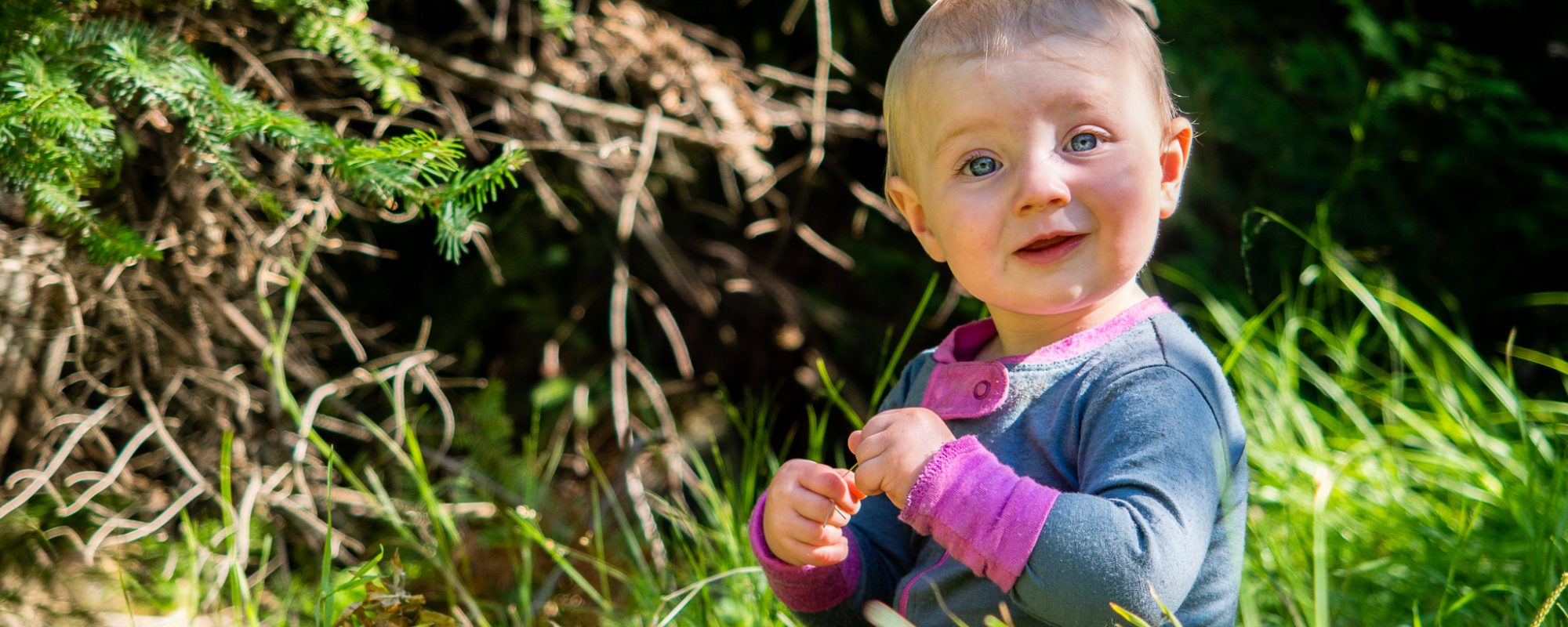
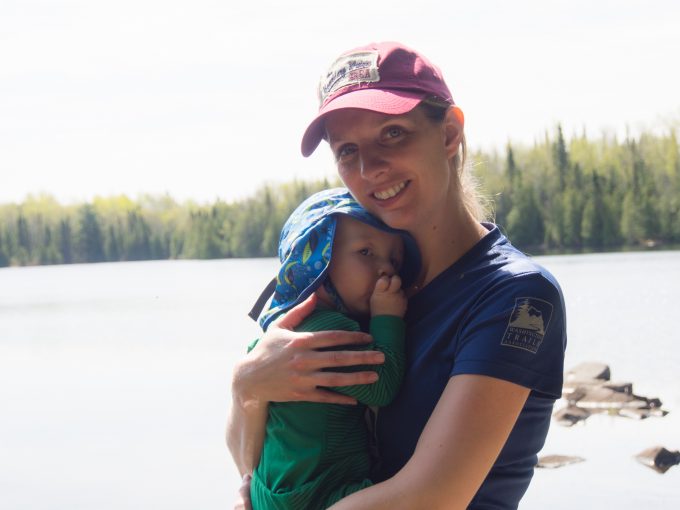
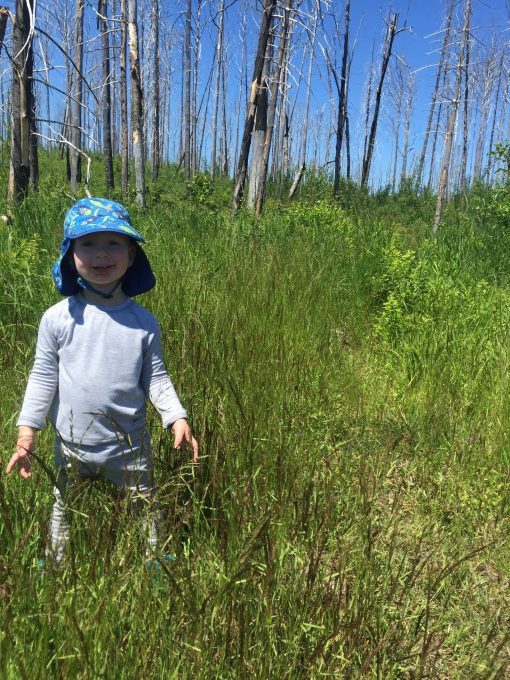
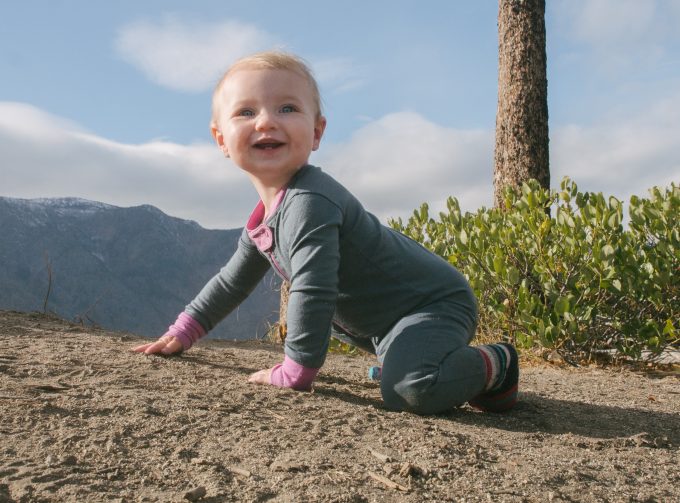
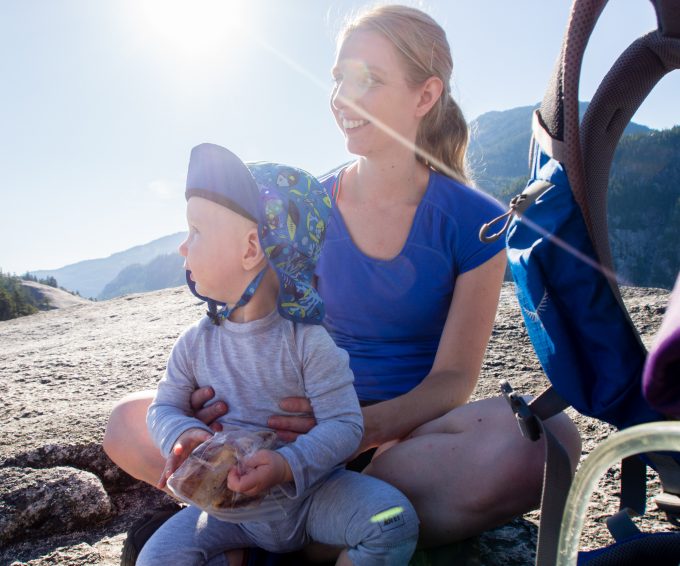
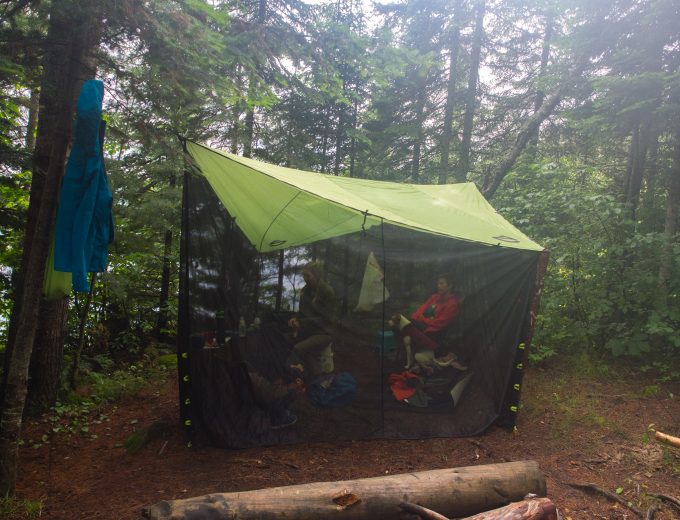
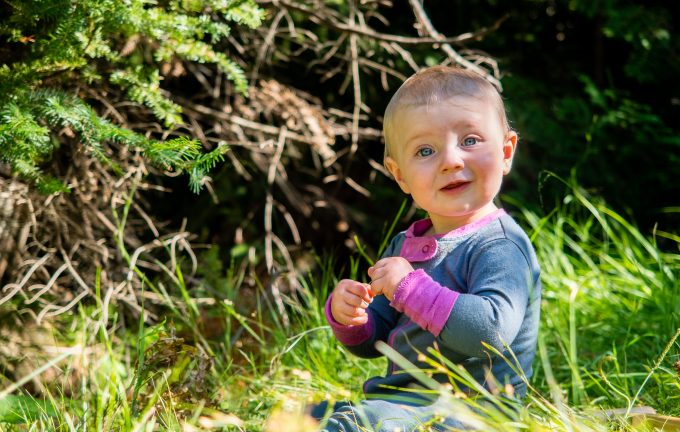
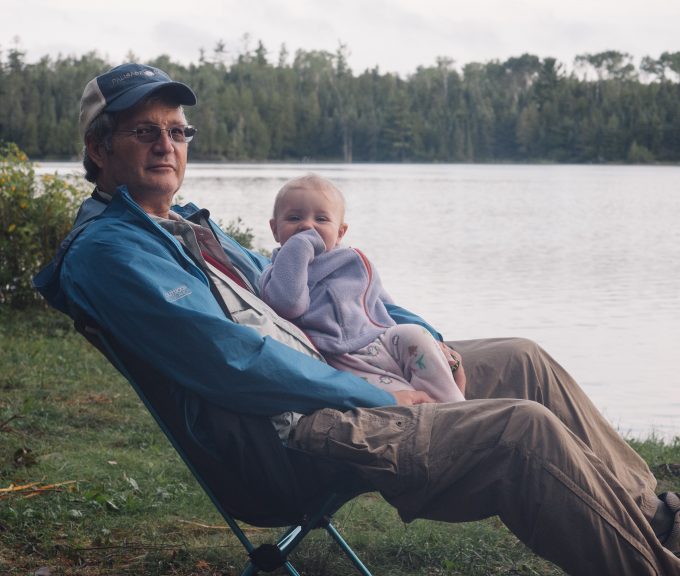
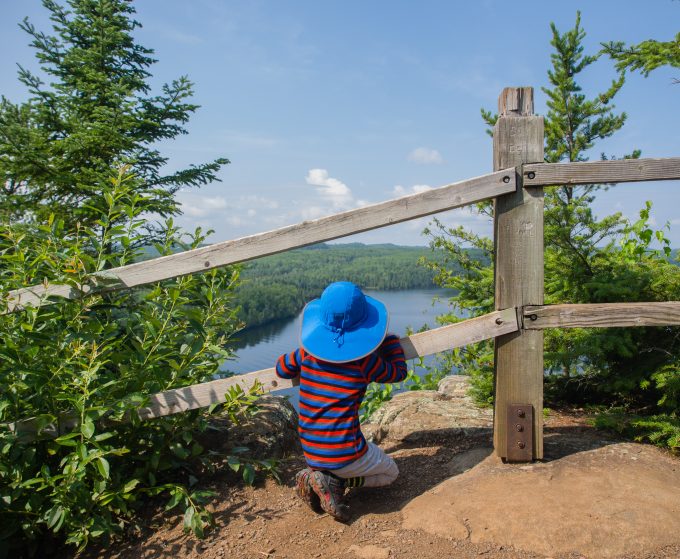
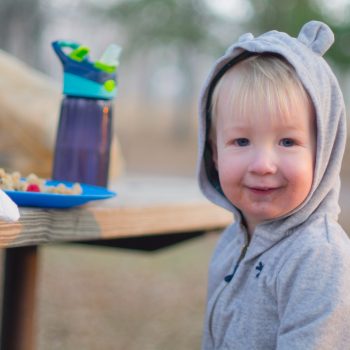
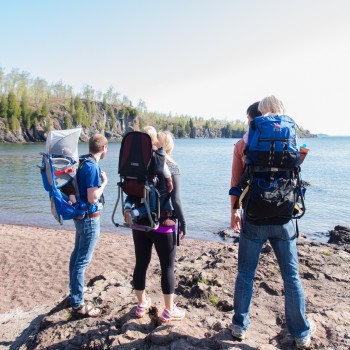
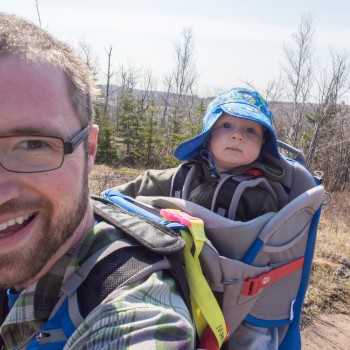
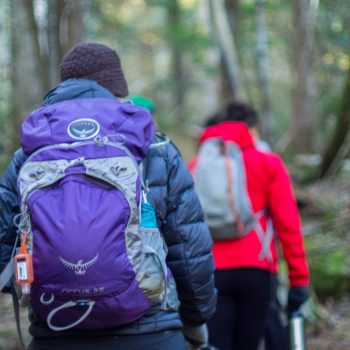
Pingback: Canoeing with Babies – The Basics | We Found Adventure
We’re recent transplants to the Twin Cities and just had our first child. I’ve been quizzing all the parents I know about what to do about mosquitoes. This post is exactly what I needed, thank you!
https://www.taiwanmk.com
แถมยังมีแบตเตอรี่ที่ทนนาน พร้อมระบบป้องกันการรั่วไหลของน้ำยา ราคาบุหรี่ไฟฟ้า
We’re recent transplants to the Twin Cities and just had our first child. I’ve been quizzing all the parents I know about what to do about mosquitoes. This post is exactly what I needed, 奇力片 ptt|PTT網友真實評價大揭密 thank you!
我們最近搬到了雙子城,剛生了第一個孩子。我一直在向我認識的所有家長諮詢如何應對蚊子。這篇文章正是我需要的 日本藤素
我們最近搬到了雙子城,剛生了第一個孩子。我一直在向我認識的所有家長諮詢如何應對蚊子。這篇文章正是我需要的 壯陽藥推薦